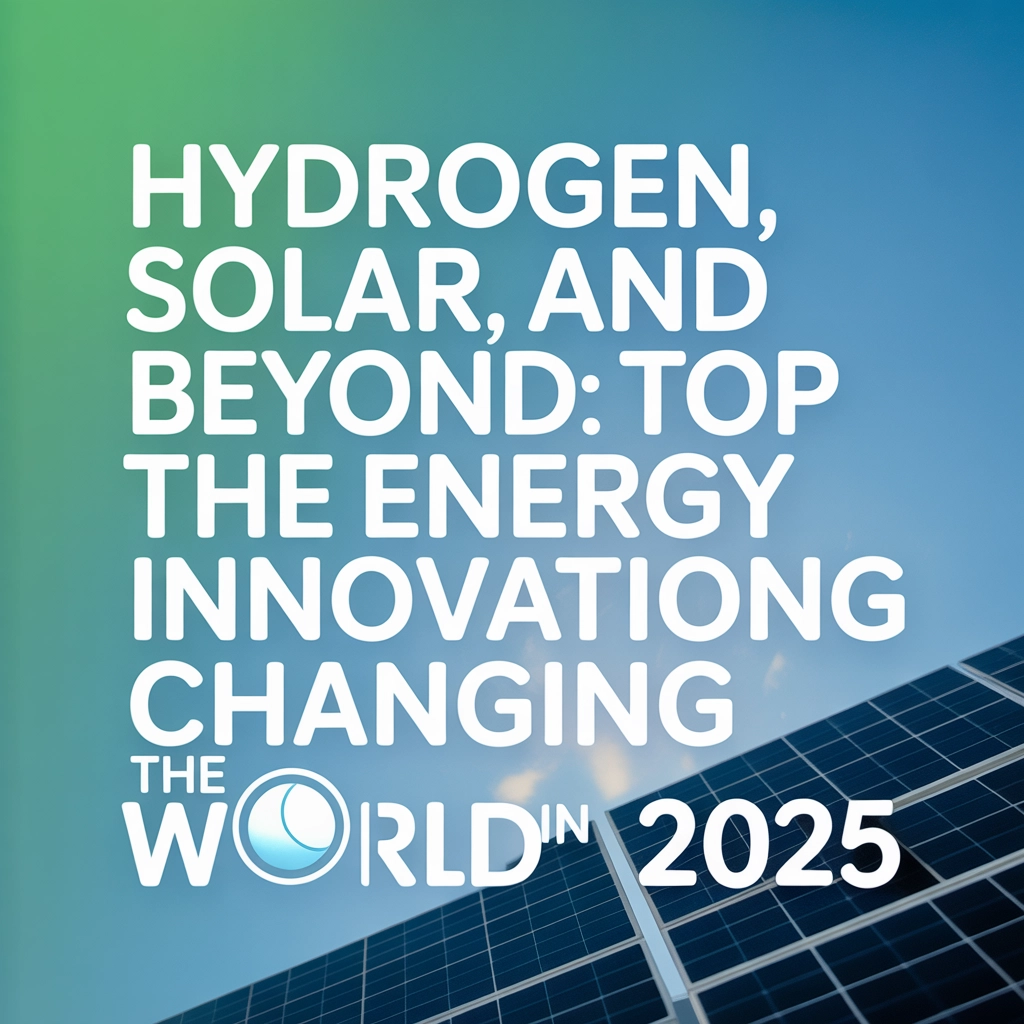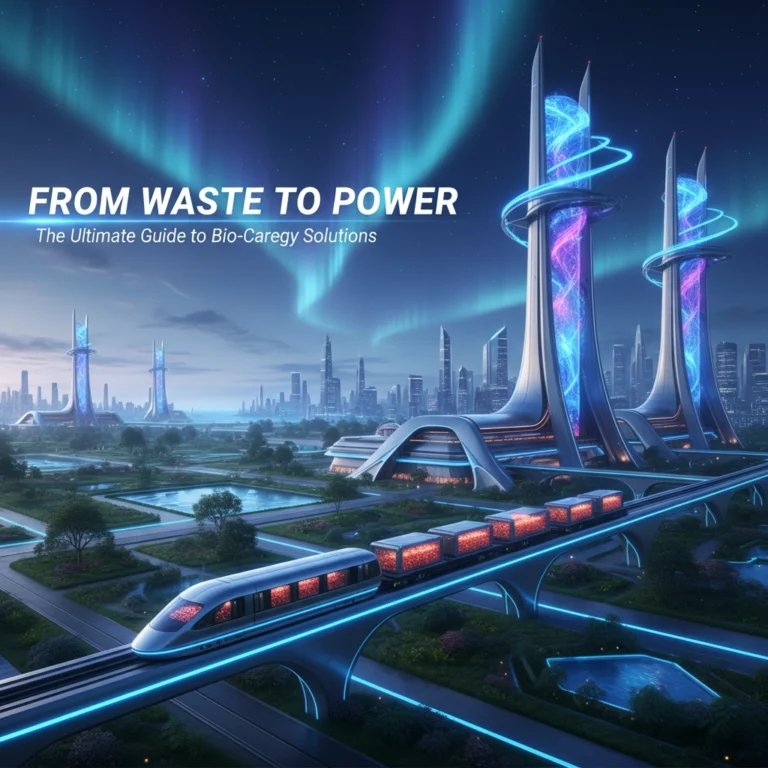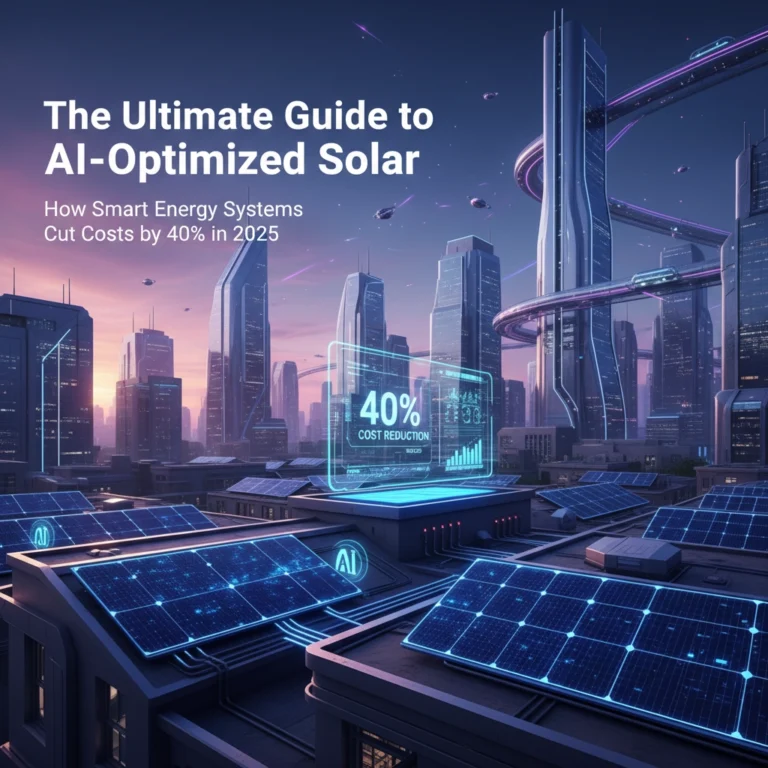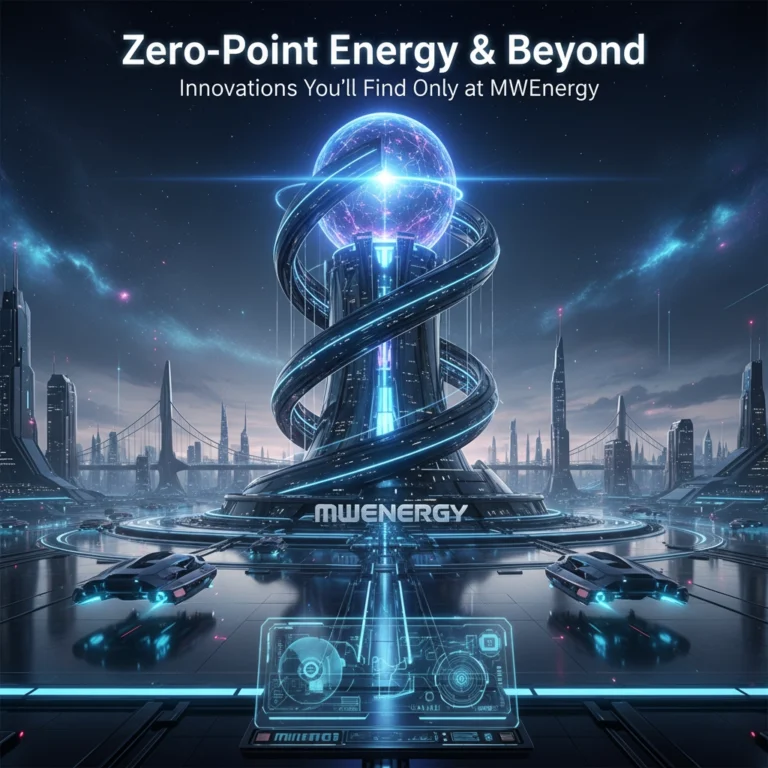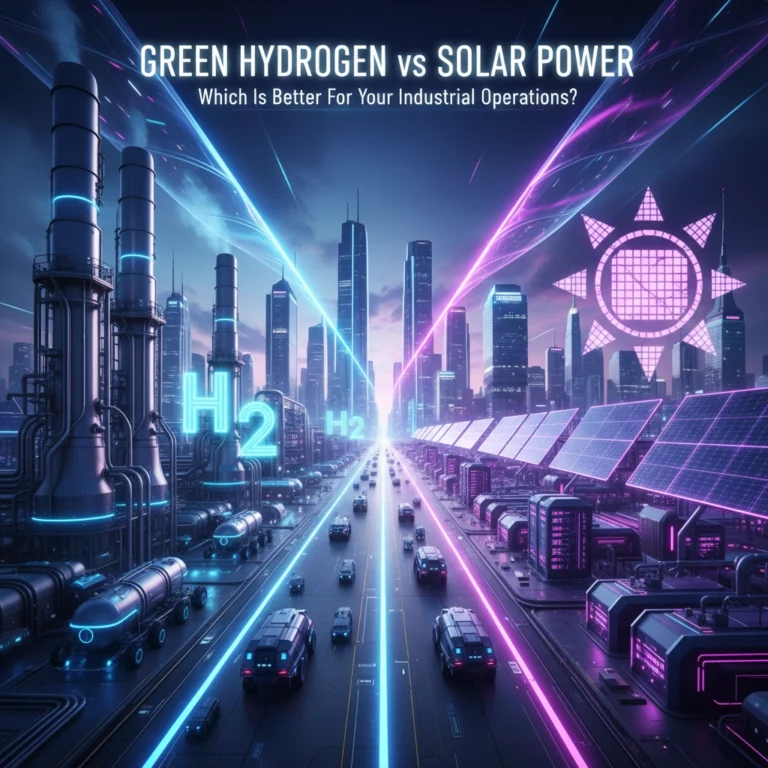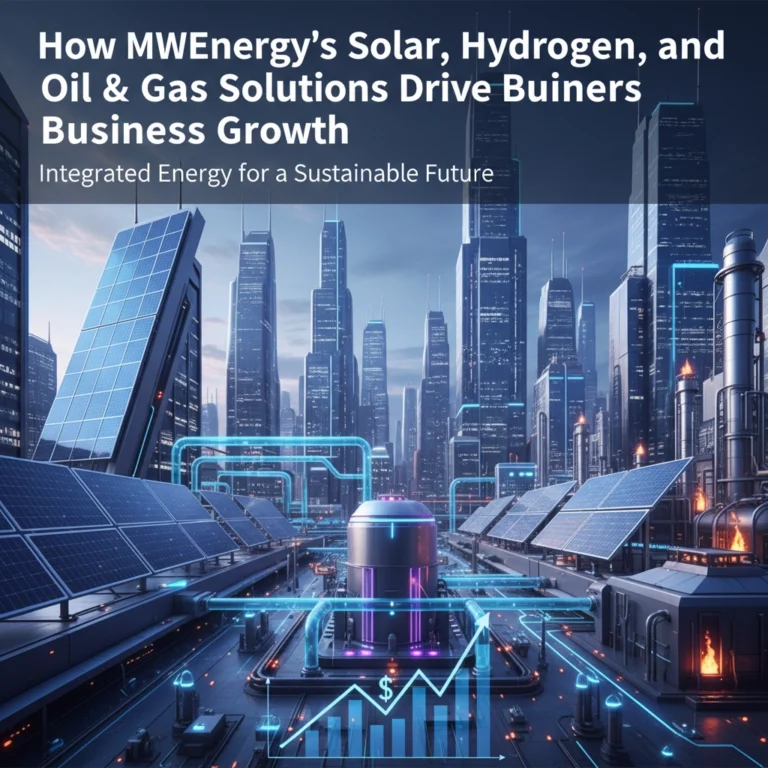Hydrogen, Solar, and Beyond: The Top Energy Innovations Changing the World in 2025
The energy landscape in 2025 is nothing short of revolutionary. We're witnessing a dramatic shift that's reshaping how the world generates, stores, and distributes power. Clean hydrogen supply is projected to skyrocket, potentially reaching 16.4 million metric tons annually by 2030, while solar energy alone is expected to fulfill half of global electricity demand growth this year.
This isn't just about incremental improvements – we're talking about breakthrough innovations that are fundamentally changing the game. From hydrogen transport solutions that use existing infrastructure to solar panels that have become 90% cheaper since 2009, the energy sector is experiencing unprecedented transformation.
The Hydrogen Revolution: Breaking Through Barriers
Hydrogen has emerged as a cornerstone of the clean energy transition, but 2025 is the year we're finally solving its biggest challenges. Traditional hydrogen production methods have been problematic – steam methane reforming, which accounts for 68% of global hydrogen production, releases 9 to 12 kg of CO₂ for every kilogram of hydrogen produced. That's clearly not sustainable.
Enter the game-changers. Companies like Hydrogenious LOHC Technologies from Germany are revolutionizing how we transport hydrogen. Their Liquid Organic Hydrogen Carrier (LOHC) system uses benzyl toluene to chemically bind hydrogen, enabling storage and transport using existing oil and gas infrastructure. This dramatically reduces costs and eliminates many safety concerns that have held back hydrogen adoption.
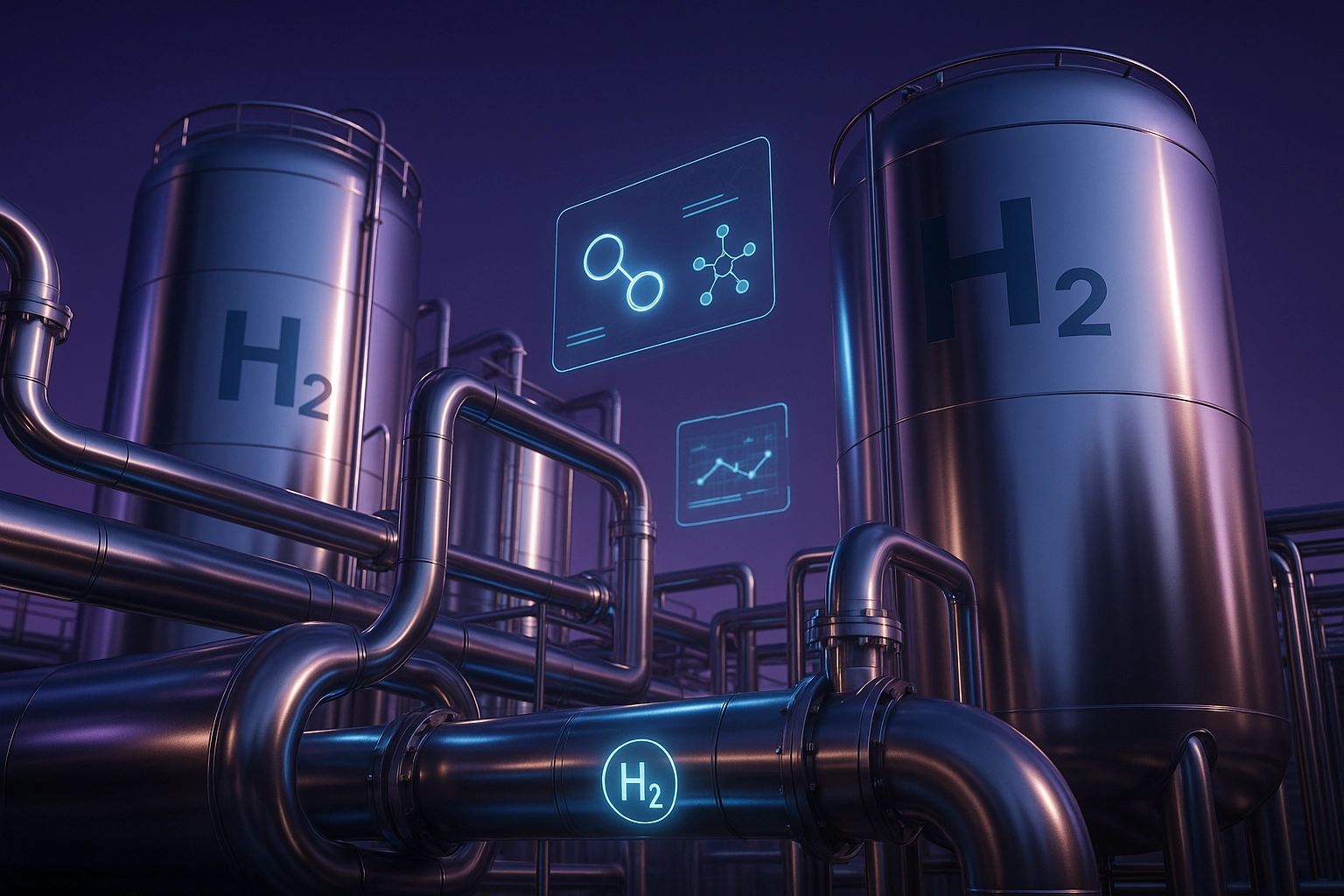
Meanwhile, HiiROC from the United Kingdom is pioneering clean hydrogen production without any CO₂ emissions. This breakthrough addresses the environmental elephant in the room and makes hydrogen a truly clean energy carrier.
The production technology landscape is also evolving rapidly. We're seeing three main electrolysis technologies compete for dominance:
- Alkaline electrolyzers offer mature, cost-effective technology with 60-80% efficiency
- Proton Exchange Membrane (PEM) electrolyzers provide better efficiency (65-82%) and quick response times, perfect for pairing with intermittent renewables
- Solid Oxide Electrolyzers (SOECs) operate at high temperatures and could achieve system efficiencies up to 45%
Each has its place in the hydrogen ecosystem, and 2025 is showing us how they complement rather than compete with each other.
Solar Power: The Unstoppable Force
Solar energy's story in 2025 reads like a startup success story scaled to global proportions. The International Energy Agency projects that solar alone will fulfill half of global electricity demand growth this year. That's not a typo – half of all new electricity demand will be met by solar.
The economics are simply undeniable now. Solar module costs have plummeted 90% since 2009, making solar and onshore wind the cheapest new electricity sources for at least two-thirds of the world's population. This isn't just an environmental win – it's an economic no-brainer.
Global solar capacity surged by 50% in 2023, with leading companies like Tongwei, JA Solar, Longi, Trina Solar, and Yingli Solar driving innovation and cost reduction. But it's not just utility-scale projects making waves. We're seeing explosive growth in off-the-shelf solar panels for residential and commercial buildings, fundamentally shifting us toward distributed energy generation.
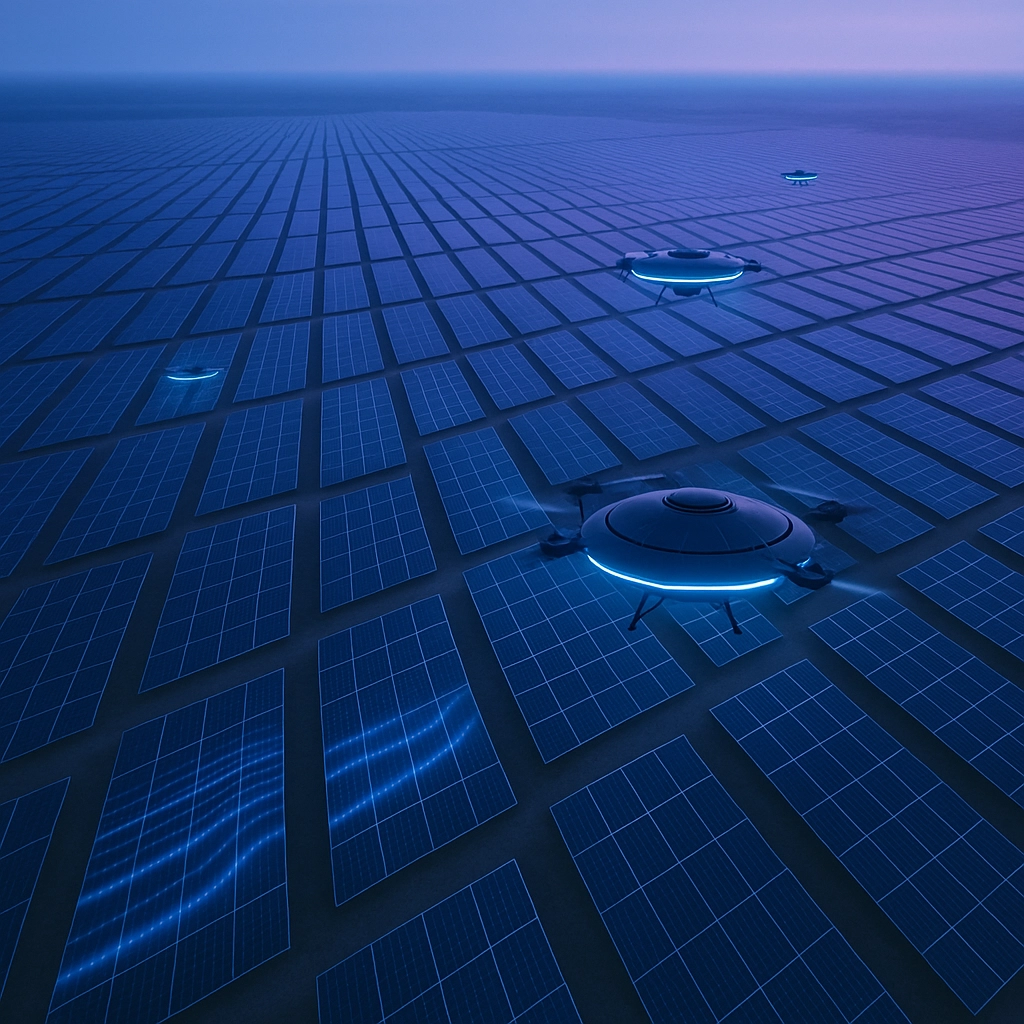
What's particularly exciting is how solar is becoming integrated into everything. Buildings aren't just consuming energy – they're becoming energy producers. This distributed approach reduces grid stress and creates more resilient energy systems.
Grid Integration: The Smart Money Challenge
Here's where things get really interesting. The rapid growth of renewables has created a fascinating challenge: how do you manage a grid where energy production varies with weather and time of day, while demand continues to grow due to electric vehicles and other clean technologies?
The answer lies in sophisticated load shifting technologies. Companies like Renew Home, Reel, Stem, and solar manufacturer Enpal are developing systems that can adjust energy sources based on cost, grid load, and renewable availability. Think of it as having a smart brain managing your energy use in real-time.
Battery storage represents one of the most significant investment opportunities in the sector right now. Companies like Antora Energy, Form Energy, and Field Energy are leading the charge in developing storage solutions that can capture renewable energy when it's abundant and release it when needed.

This isn't just about storing energy overnight when solar panels stop producing. We're talking about systems that can store energy for days, weeks, or even seasons. Form Energy, for example, is developing iron-air batteries that can store electricity for up to 100 hours at a fraction of the cost of lithium-ion batteries.
Beyond the Obvious: Emerging Technologies
While hydrogen and solar grab headlines, 2025 is also witnessing breakthroughs in hard-to-abate sectors. Industrial processes, construction, and heavy transportation are finally getting the attention they deserve from climate tech innovators.
The ammonia sector is gaining particular prominence for its dual role as both a hydrogen carrier and a direct fuel. Ammonia can be produced from renewable electricity and used to transport hydrogen across vast distances, then either used directly as fuel or converted back to hydrogen at the destination.
Carbon capture technologies are also maturing rapidly. Instead of just talking about capturing CO₂, we're seeing commercial-scale deployments that can actually make a dent in global emissions.
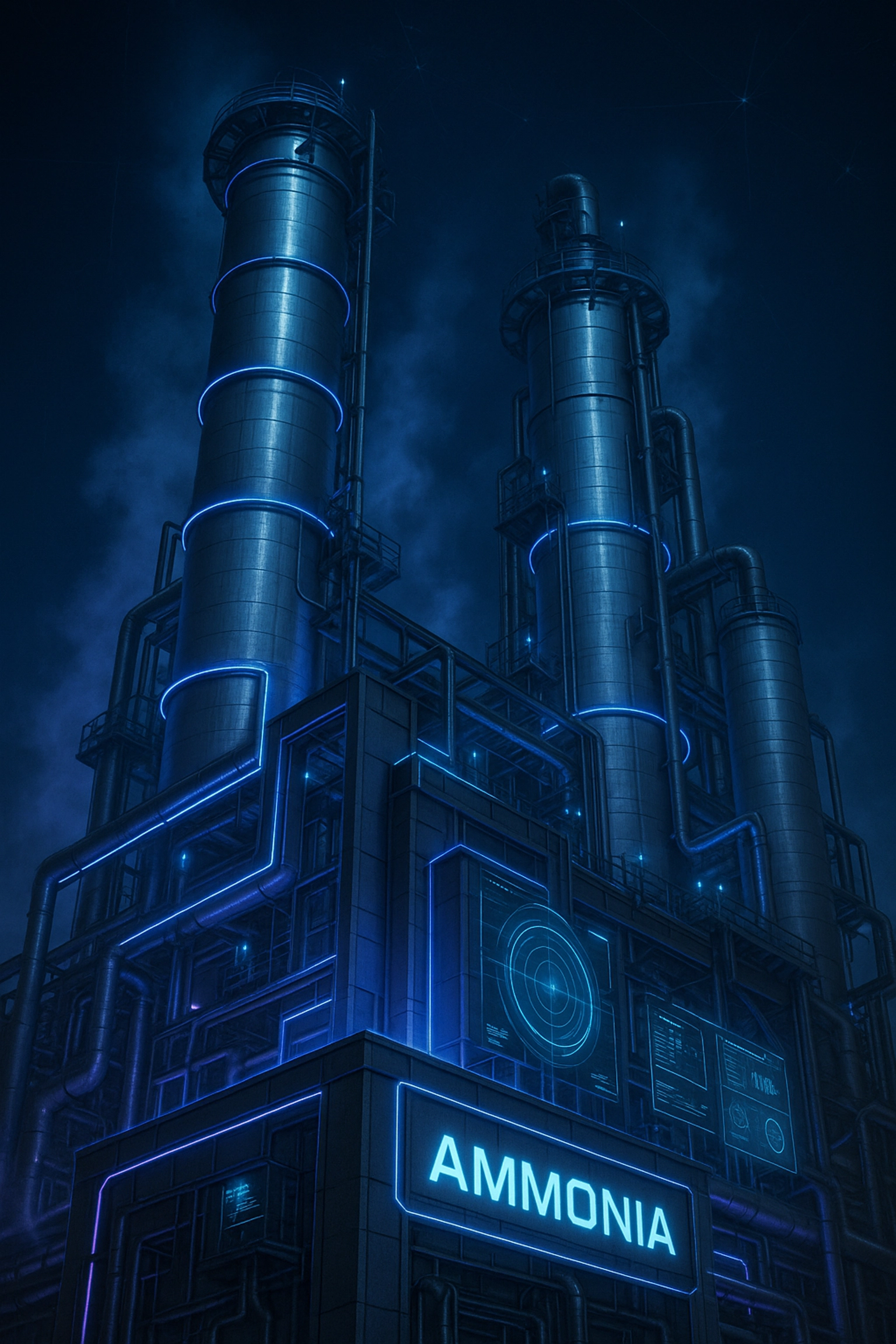
At MWEnergy, we're particularly excited about the convergence of these technologies. Our work in zero-point energy research represents the kind of pioneering thinking that's needed to push beyond incremental improvements.
The Integration Challenge and Opportunity
The real magic happens when all these technologies work together. We're moving from a world of single-point solutions to integrated energy ecosystems. Solar panels feed into smart grids that use AI to optimize distribution. Excess renewable energy produces hydrogen through electrolysis. That hydrogen powers fuel cells when the sun isn't shining and the wind isn't blowing.
This integration requires sophisticated planning and coordination, but the payoff is enormous. Countries and regions that master this integration first will have significant competitive advantages in energy costs, reliability, and environmental impact.
The challenge isn't just technical – it's also about policy, financing, and public acceptance. But 2025 is showing us that when all these factors align, the transformation can happen remarkably quickly.
What This Means Moving Forward
The convergence of falling renewable energy costs, improved storage technologies, and innovative production methods is creating a perfect storm for clean energy adoption. Policy support is accelerating deployment, technological advancement is solving remaining barriers, and economic viability is making clean energy the obvious choice.
We're not just witnessing incremental progress – we're seeing exponential change. The innovations of 2025 are laying the groundwork for a completely different energy system by 2030. One where clean energy isn't just competitive with fossil fuels – it's completely dominant.
For businesses, governments, and individuals, the message is clear: the energy transition isn't coming – it's here. The question isn't whether to adapt, but how quickly you can position yourself to benefit from these remarkable innovations that are reshaping our world.
The future of energy is being written right now, and 2025 is proving to be one of the most pivotal chapters in that story.

